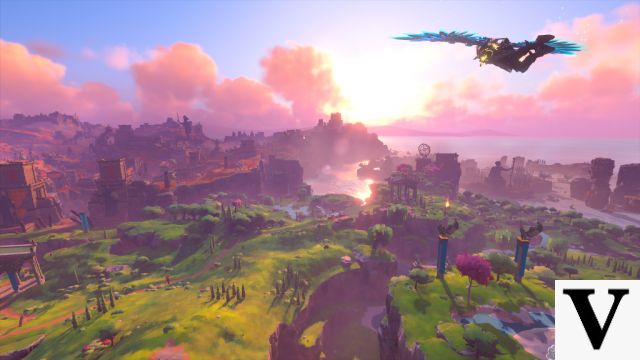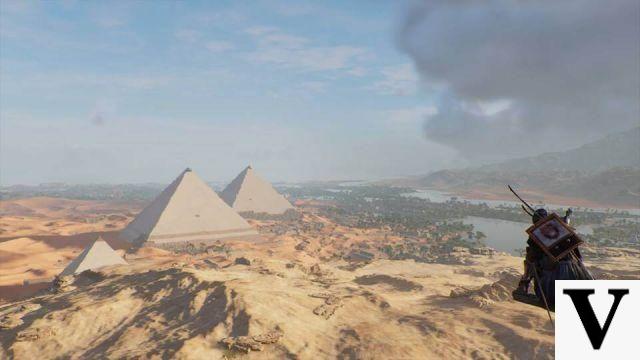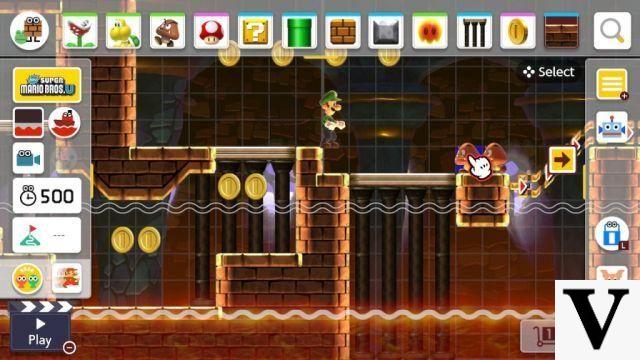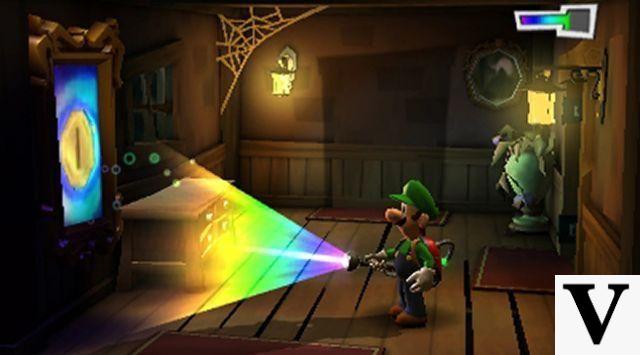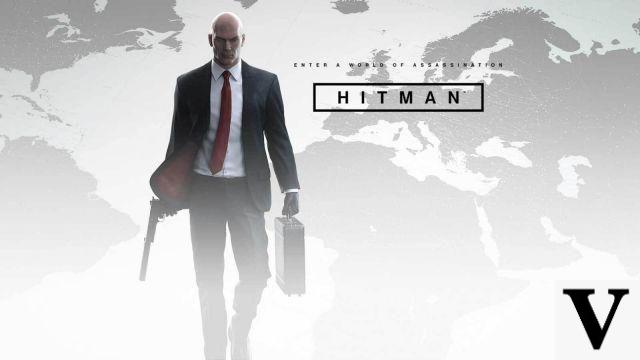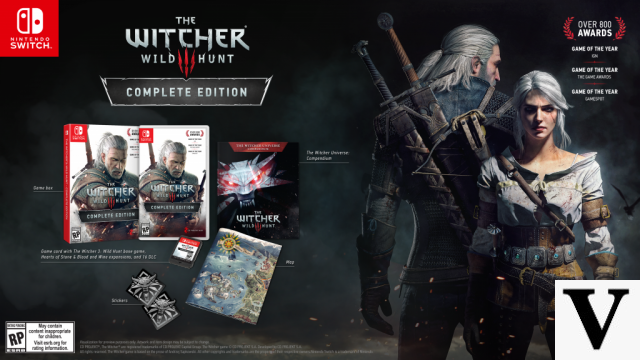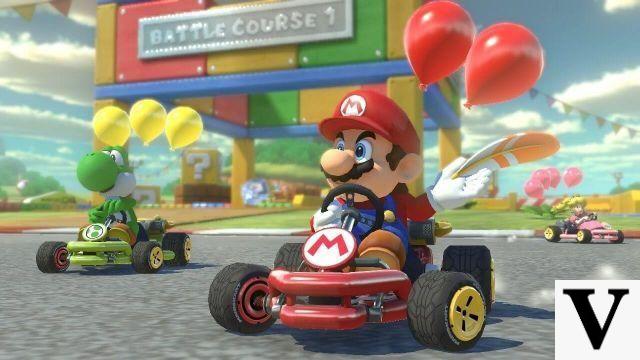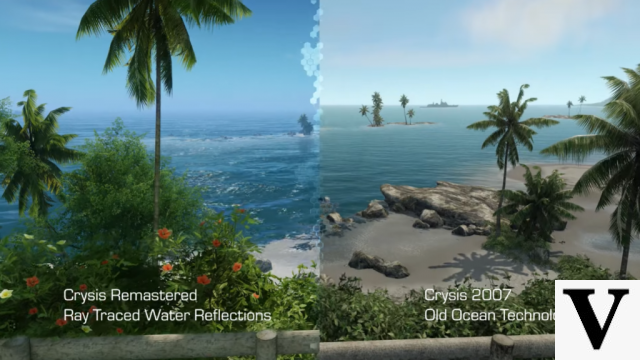Table of Contents
- History: One RTS to Rule All
- Return to the origins
- Campaigns come to shine
- History as it is...
- Age of Empires IV: Verdict
- System requirements
- REVIEW: Age of Empires IV
- Pros
- Cons
As a historian, it is with great joy that I bring this review of Age of Empires IV here in the Techlifers. In its fourth title, the franchise of the distributor Microsoft has had many ups and downs, undergoing a revival in recent years with definitive editions of its previous titles. The anticipation for the numbered sequels, therefore, was high: luckily, I was able to act as a scout and get the good news for you about the next title in the franchise — and the answer, fortunately, is that Age of Empires IV part of the highs of the saga! In this review, we will explain why and how it does this. So he raises his sword and shield and off to analysis!
History: One RTS to Rule All
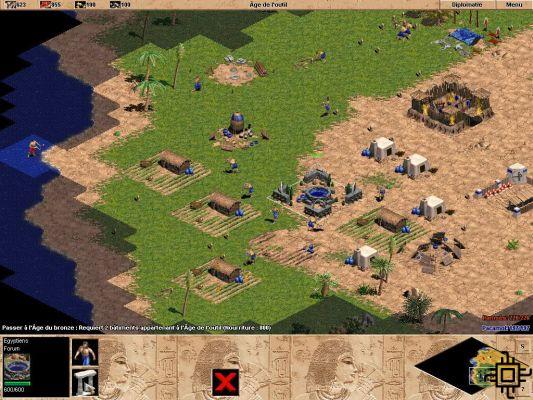
A série Age of Empires suffers - or takes advantage, in a way - of a trope common to cinema and, perhaps, to other elements of pop culture: that the second film, or title, ends up being the best of the saga. For a long time, this was reality. The first Age of Empires arrived in 1997, developed by the late and now extinct Ensemble Studios and published by Microsoft Game Studios, browse Xbox Game Studios. He was one of the first games of Real Time Strategy (RTS) based on history, in this case, in the great empires of antiquity, such as the Babylonians, Hittites, Greeks, Egyptians and Romans, and it was a good success — which ensured its continuation.
And no one was prepared for what came next. Age of Empires II: The Age of Kings was released in 1999, and was a blast with both critics and audiences. With millions of copies sold and becoming a major influence on the genre, the game has become an innovative and inspired work - the medieval theme, preferred by many players, may have been one of the factors that helped in this success, in addition to the improvement in virtually every aspect of gameplay.
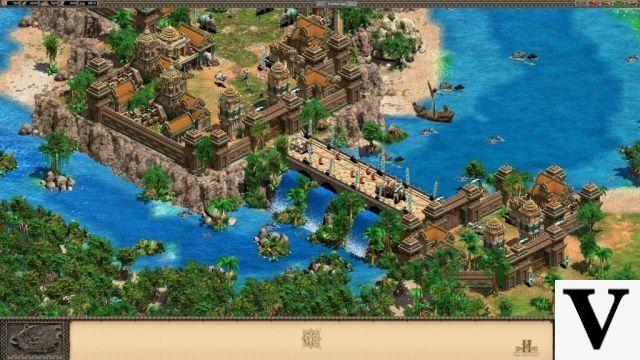
The problem? Even his campaigns, which featured the historic journeys of big names like Joana D'Arc e Genghis khan, were not very faithful to the story — which is ironic given the influence and learning that many on the internet claim to have taken from the game. Hell, even I'll admit that 70% of the reason I studied history comes from the show's influence! Well, anyway, the fun provided by the game and the avidity of the players brought a multitude of mods, including the Forgotten Empires, which eventually became official and gave rise to the definitive versions of all numbered games in the series.
Yes, Age of Empires III, 2005, despite not being a sales failure, did not please the critics so much — many players did not like the changes brought to the gameplay. Age of Mythology, a fun and fanciful spin-off from 2002, was well-received, earning critical acclaim and an expansion following. None of them, however, came close to the success that Age of Empires II did. And well, Age of Empires Online…we don't talk about that here. Didn't get to know you? Great, keep it up.
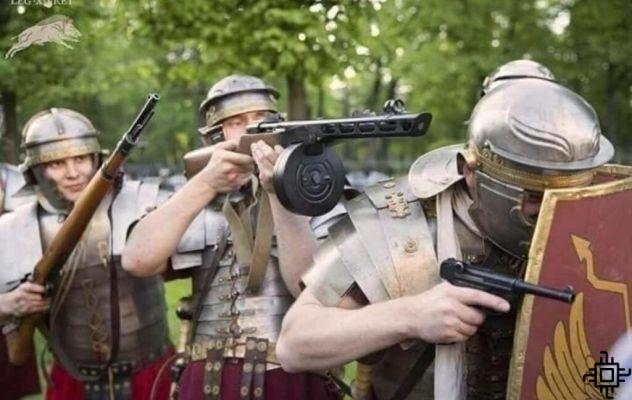
Return to the origins
Old internet speculation, born from an artbook by the Age of Empires III, pointed out that the franchise would continue moving forward in history. Well, they couldn't be more wrong: Age of Empires IV returned to the medieval era. In fact, it returned with greater scope, but covering the same period as the second game in the saga. This decision is understandable: it's a way to ensure the interest of players who already enjoyed the franchise's greatest success, but it also represents a chance to revisit the history and possibilities of the time more carefully. And be careful, my friends.
Since the game's announcement — this time developed by Relic Entertainment (RTS veteran) in partnership with World's Edge (subsidiary of Xbox Game Studios, which published the game) — it was already said that the focus on history would be much greater and more accurate. The game, however, would still draw heavily from the source, which was obvious from the trailers and developer commentary. Let's now comment on what has changed, and what we can see back in the game.
asymmetrical civilizations
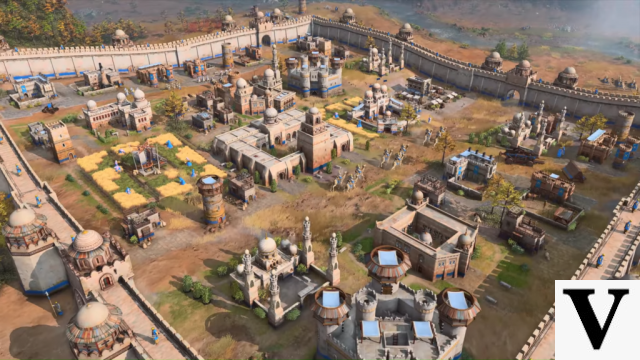
The Abbasid Dynasty 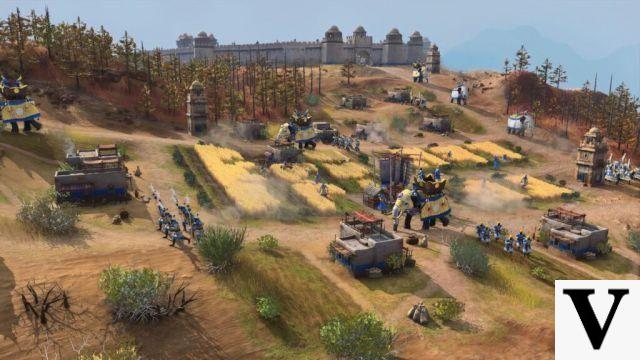
The Delhi Sultanate 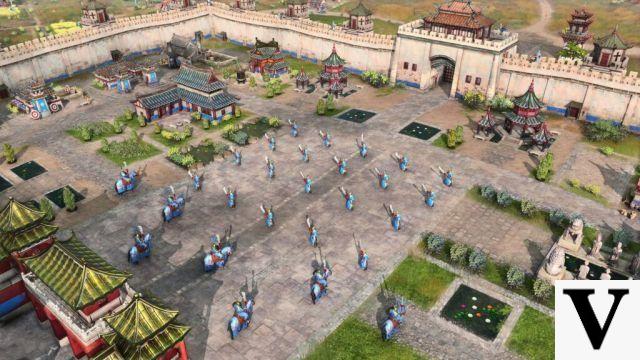
The Chinese 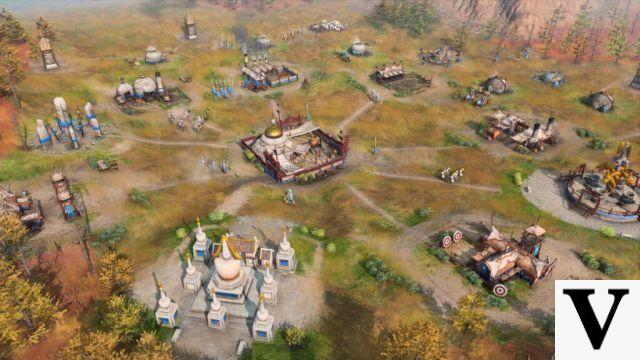
the mongols 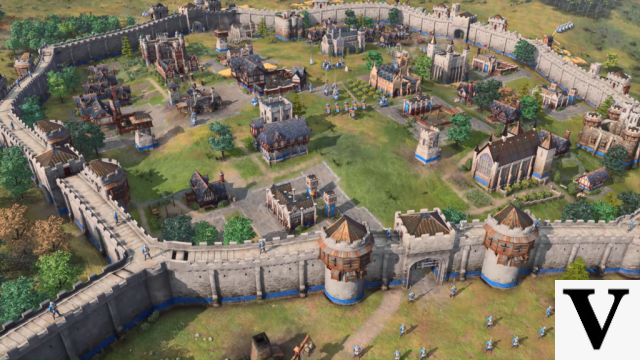
The England's 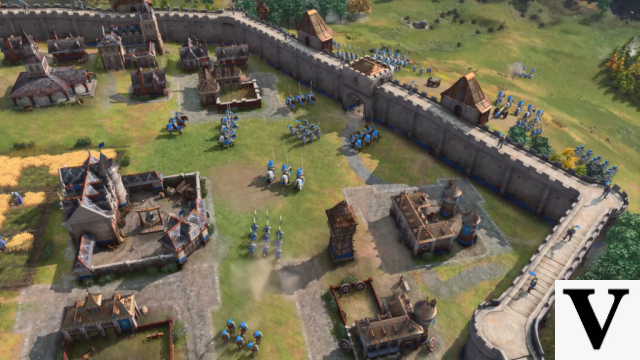
The French 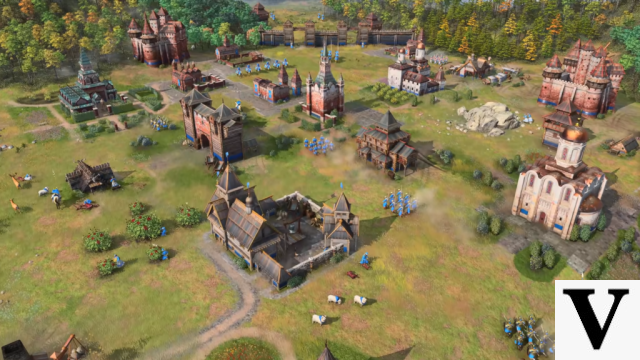
the Rus 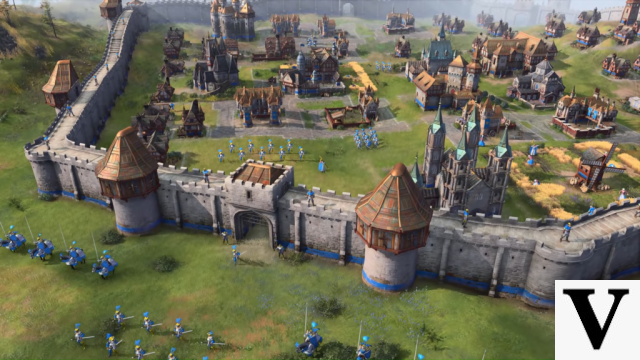
The Holy Roman Empire
The most abrupt change compared to Age II is due to the civilizations. A notable change is already present in the names, more suited to the people of the time: instead of Germany, We have the Holy Roman Empire [Germanic]; replacing the Persia, there is the Delhi Sultanate; already the Arabs give way to Abassid dynasty while the Rus represent the Russia. But the differences don't stop there: the gameplay for each of them is different. Okay, between the English, French or Germans, there is not that much difference, but when we change a lot of ethnicity, the story is different (literally).
Os Mongols, for example, are completely different from other civilizations: as nomads, they can move all their buildings around the map, just needing their main building, the Ovoo, be placed in a stone fountain. archer cavalry, Mangudai, is mobile and powerful, can fire on the move and is complemented by heavy cavalry. However, they cannot build any kind of walls.
Already Delhi Sultanate has a strong focus on technology: being able to research improvements at no cost, but slowly, they have units called scholars, which can accelerate progress and support troops. In addition, powerful war elephants stand out in the army of civilization. Also focused on technology and research is the Abassid dynasty and its exclusive House of Knowledge, which offers a lot of advantage by allowing you to go through eras without using villagers and focus on different aspects of the game whenever you want. with them, the Camel drivers, with both swords and bows, are included.
The civilizations most similar to the classic ones from the previous titles are the French, English and the Holy Roman Empire, with few differences between them. The French have powerful Crossbowmen with defensive skills, Cannons unique and improvements to Knights. The British, on the other hand, focus on their long bow archers, have better villagers (who use bows for defense) and men-at-arms with improvements. The Holy Roman Empire has early access to religious units and mighty longsword warriors, the Lansquenetes.
Diverting a little, but not that much, there are the Chinese, which have powerful gunpowder-armed units and a number of weapon-based perks. dynasties, which has unique bonuses and can be exchanged at will. On the other hand, the Rus they feature good cavalry, hunting bonuses with prizes included, and special palisades—no stone walls, though.
So are the eight early civilizations of Age of Empires IV: different enough from each other to be more unique than the third game, bringing a complexity that must be learned individually. Classic elements of the series, such as buildings and units, can be recognized everywhere, and this is the most careful step the developers have taken — in classic civilizations, there is little new in this regard. Its functions, however, can be surprising, like the turrets that need a team inside to shoot.
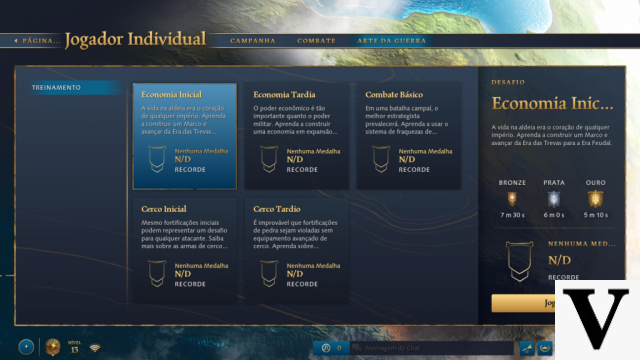
To help with learning, in addition to a very efficient tutorial to help newcomers to the genre or series, there are maps called Art of War, in which we are taught introductory, economic and war mechanics to further develop the strategic skills needed to win. There's a way to give and sell, see.
Now, a field that excites me just thinking about are the campaigns. Let's go to them!
Campaigns come to shine
Living up to the title of this review by Age of Empires IV, campaigns are definitely the most pleasant surprise and the best possible use of the opportunity that the developers had at hand. In partnership with British television producer Lion TV, the devs created a mixed gameplay experience with documentary shorts to show the historical events — and it's all EXTREMELY well produced. In addition to showing experts in the field bringing curiosities not at all boring, the images mix real locations with soldiers and overlapping game elements. The result is incredible entertainment and knowledge.
A very wise choice was to tell the stories of civilizations over decades or even centuries - which avoids romanticizing characters, such as Age II did, and gives an excellent overview of the history of each people. In this way, the story is shown very faithfully too: when William (or William) the Conqueror, invades England at the beginning of the first campaign, the army speaks archaic French (since they were Normans, that is, from the north of France) and they do not have Anglo-Saxon (Old English) characteristics - such as the longbows, which appear at the same time. over the years of domination. Even linguistics took care of that!
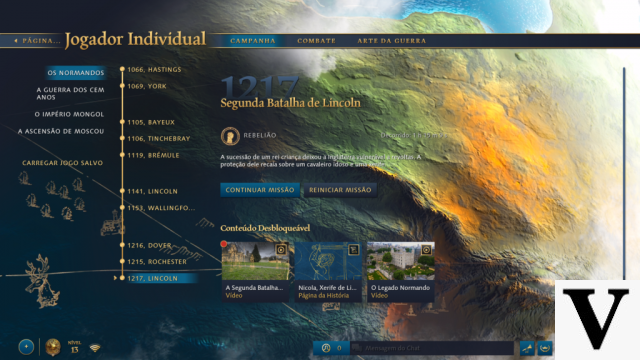
The campaigns menu has a timeline, which helps a lot to stay in the story! 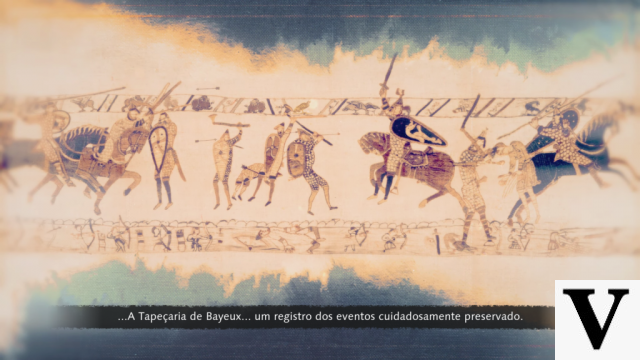
The videos produced for the campaign have a lot of historical context… 
…and also a lot of visual aid, really well done! 
Marked by battles, campaigns put you in control of major events in each country. You will come out of them an expert on the subject.
If this sounds complicated, it's only because I superficially and poorly explain this kind of historical trivia — which the game doesn't. He shows, through his locutions and captivating images, everything we need to know to play the campaign, and stitches it with interesting facts, such as the construction of medieval knights' armor, the functioning of a crossbow and a counterweight catapult (or trebuchet, for the intimate) or the equipment of a Mongolian horde knight. Couple that with fun, campaign-specific gameplay, and you've got the best history lesson of your life. Seriously, this should be used in schools.
Currently, you can play the campaign of English (living the saga of kings Angevinos), to two French (including Hundred Years War and the figure of Joana D'Arc), to two Mongols (showing their invasion of Europe and their incredible war tactics) and that of the Rus (about to Rise of Moscow, i.e. the ferocity with which the city's Slavs resisted the Mongols and other invaders to become the great Russian nation and capital). I wasn't even that big of a fan of the Age II, but I can't wait to see what other stories will be told here — and what more civilizations should make it to the game's roster!
History as it is...
According to popular sayings, the devil is in the details. In case of Age of Empires IV, this is an advantage — there is a very clear attention to them in the elements chosen to integrate the game. Many interesting things have been done in the fourth title in the series: perhaps some players will find it strange, as some of them defy established elements in previous games, but my internal historian frantically yells at them.
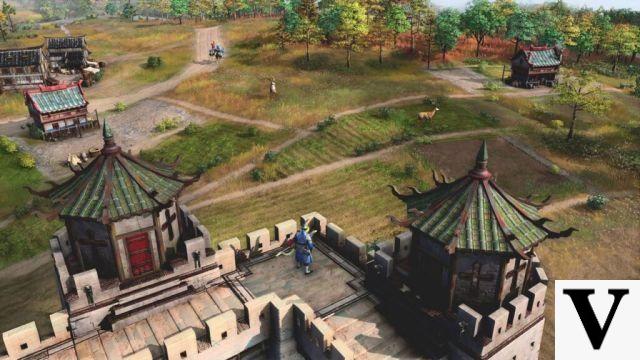
Examples are the fact that soldiers cannot attack stone walls and need siege weapons like battering rams and catapults to do so; English archers mount spear defenses to avoid cavalry; arbalesters use historical shields (the Paveses) to defend against projectiles. An addition to the mechanics is the ability to set up ambushes — you can hide in forests and surprise enemies, and this gives players yet another function. scouts, the only units that can see the ambushes. All of this is wonderful to see on screen, and the best part: everything is mixed with the gameplay, in an organic and functional way. Chef's kiss.
Other minor details, but that can impress the most attentive, are the change of eras for each civilization - not only the buildings and available technologies change, but also the language spoken by the units evolves, passing from the most archaic to the most modern and close to the spoken today (as in the campaign); moreover, the soundtrack, which is also unique to each civilization (and incorporates its own instruments and chants), also grows more complex over the ages, and differs in times of peace and war.
The sound design is another excellent thing: the energetic shouts of soldiers in combat, the whistles and calls of the scouts when they warn of the arrival of enemies and the voiceovers are very well done and in the right tone. Noises that need to be feared — like the angry roars of elephants and the creaking woods of counterweight catapults when launching projectiles and their impacts on walls — are frightening to hear and louder than the rest, imparting all the necessary gravity to the times they are used.

Something that should also be applauded is the way certain civilizations are treated: in the West — and, consequently, here in Spain — we have a stereotyped view of Asian and Middle Eastern nations, and many productions end up bringing a distorted view of them by cause of it. This was even a problem in previous games in the series: in Age of Empires III, North Americans and pre-Columbian peoples were portrayed in a stereotyped way, which was even corrected in the definitive version of the game.
is not the case in Age of Empires IV. In it, Islamic civilizations are highly technological and studious — as they were in medieval times —, in addition to not being able to hunt wild boar, because they are haraam (impure, prohibited in their religious tradition); the Chinese, on the other hand, bring gunpowder as a differential, as was also the case, and demonstrate a little-known superiority here — it is quite curious to see how the Europeans were technologically backward in the medieval era in relation to Asia, especially in a game. HUGE point for the game.
…and how is she not
Unfortunately, care with realism and representations is not always right. Something that has been pointed out and complained about by players from the beginning is the fact that the unit's projectiles don't work with real ballistics — which means they follow the target until they hit it, with no possibility of missing. This generates not only strangeness but even comical scenes, such as very steep paths (at ninety degrees, and super fast) or arrows chasing units across the map for too long. Strange to see this happen when the other games in the series used realistic physics in the arrows, rocks and bullets.
Another complaint was the fact that siege equipment does not have a team to handle it when assembled or dismantled — despite showing, in time-lapse, its curious construction work — , which seems to have been done to save on the number of elements on the screen. Is silly? Perhaps. Does it not affect gameplay? No, but it would be an interesting detail to have visually speaking.
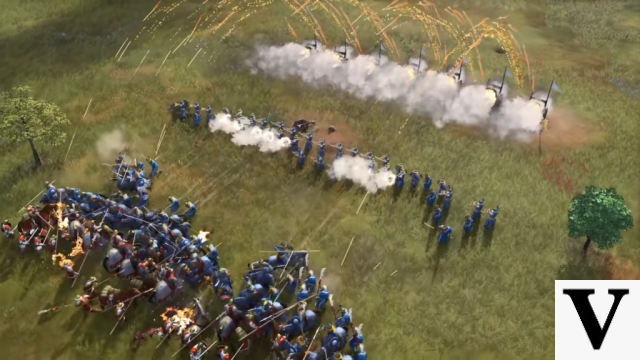
Expectation… 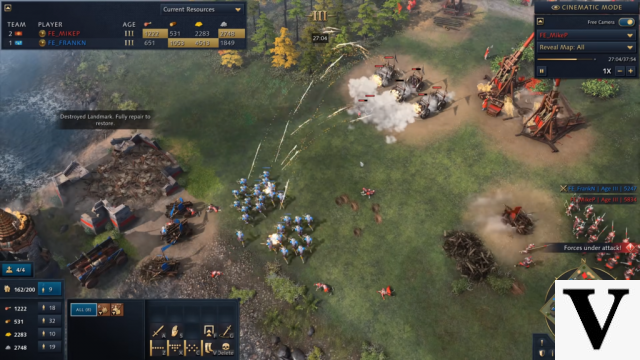
…reality. Can't, people. These super angled parabolas are pretty ugly.
Another point is the naval battles, which are still pretty basic. This was never the strong point of the games in the series, but since such great concern was given to the historical elements and particularities of the nations involved, a more detailed water combat and less focused only on the exchange of arrows and explosive boats could have been developed. It's a shame and a wasted chance for sure.
Some gamers complained about the cartoon-style look and graphics, which seem to be from a previous generation or even more — I personally didn't see any problems, as the textures effectively convey the message and make wars less violent visually speaking, demanding of breaking less powerful computers to run the game. With the amount of elements on the screen, such as buildings and large armies, the decision is quite understandable. The minimalist interface design, however, is sometimes confusing — the silhouettes are pretty, but they don't help differentiate technologies and units as efficiently. Thumbs down, designers!
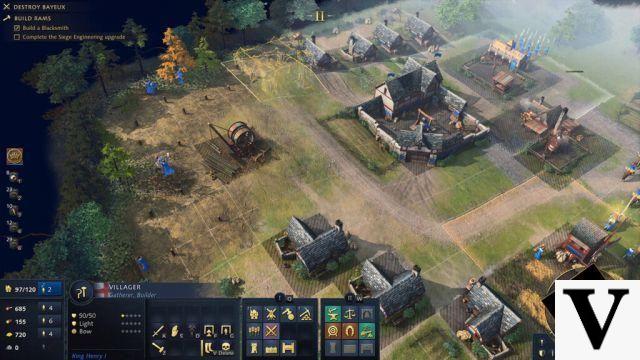
Since the devs have changed the size of the projectiles based on the negative reception of the first trailers, maybe some of these elements will change with new updates, who knows? Time will tell. Updates, by the way, are much needed — the lack of ranked multiplayer (despite casual being available) has displeased all meta enthusiasts in general, and we also don't have the mode to edit maps, much loved in previous titles. At least that the devs have already flagged fixing by 2022.
Age of Empires IV: Verdict
The franchise's fourth numbered title has safe ground behind it and a slightly shaky one ahead, as the Golden Age of RTS is long past. The game, however, hits a lot when taking the right risks so as not to displease old fans and still manage to captivate newcomers curious about the series. Masterfully taking advantage of the opportunity to teach history in the midst of fun gameplay, the game takes the right direction to return to the spotlight of players, including well-done dubbing and translation options.
Sinning only in physics and slightly in design, the care with the worked themes and the balance are very welcome and result in a great demonstration of how to take a classic title and reinvent it in more current times, leaving a firm ground ahead so that the next updates and, why not, upcoming releases can swim in the genre - which should revitalize itself with Age of Empires IV. I just hope they don't get into the game's boats in the process... And if it's not too much to ask, guys, bring the definitive version of Age of Mythology. Please.
Age of Empires IV is available on Xbox Game Pass for PC since its launch on October 28, and also for purchase at Steam.
This review was made with an advance copy kindly provided by Xbox Game Studios.
System requirements
Minima:
Operational system: Windows 10 64bit | Windows 11 64bit
Processor: Intel Core i5-6300U or AMD Ryzen 5 2400G | CPU with AVX support
Memory: 8 GB of RAM
Video card: Intel HD 520 ou AMD Radeon RX Vega 11
DirectX: 12 Version
Storage: 50 GB of available space
Recommended:
Operational system: Windows 10 64bit | Windows 11 64bit
Processor: 3.6 GHz 6-core (Intel i5) or AMD Ryzen 5 1600 | CPU with AVX support
Memory: 16 GB of RAM
Video card: Nvidia GeForce 970 GPU ou AMD Radeon RX 570 GPU com 4GB de VRAM
DirectX: 12 Version
Storage: 50 GB of available space
Other observations: 4 GB of video RAM and 16 GB of system RAM



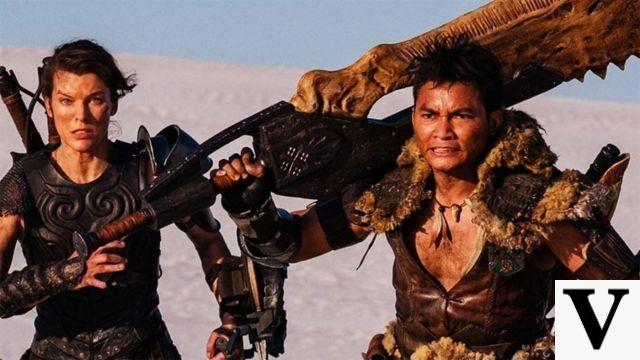

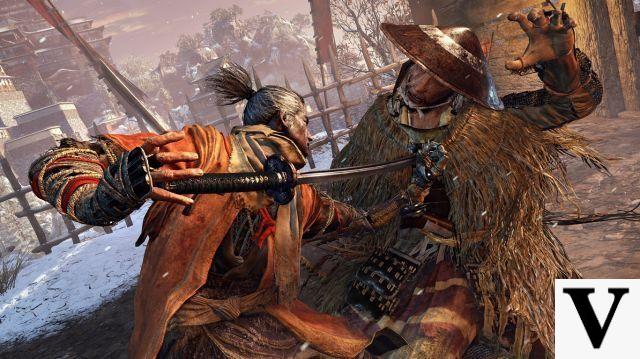


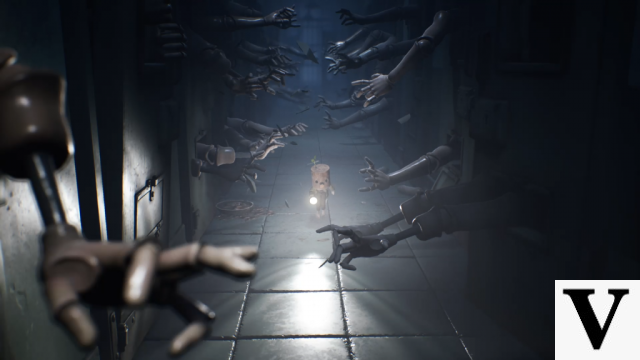
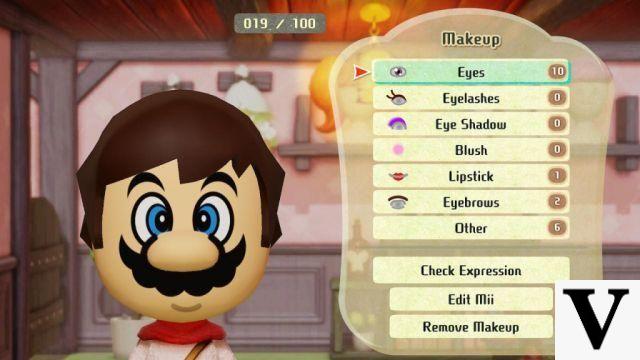
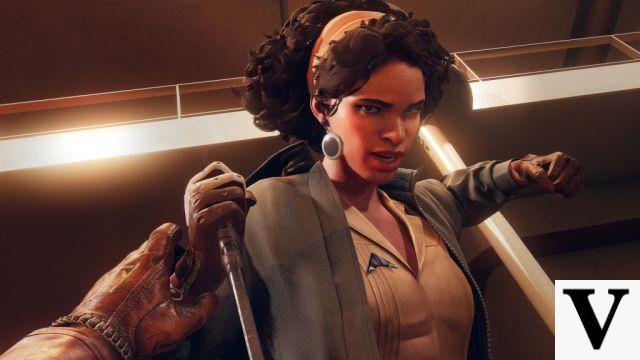



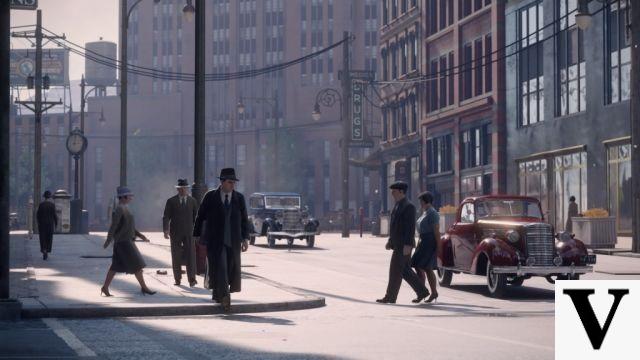

![Game Review: Homefront, a game that's still worthwhile [18+]](/images/posts/ed81cafa79e54b813d7a324a7ae4af6b-0.jpg)
